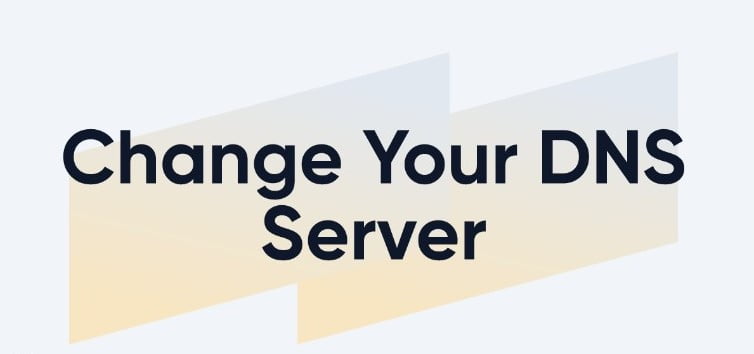
Email has revolutionized communication, but with its widespread adoption, a darker side emerged – the relentless invasion of email spam. From harmless annoyances to sophisticated threats, the journey of email spam is both intriguing and concerning. Let’s delve into the intricate world of unsolicited emails, exploring their evolution, impacts, and how to safeguard against them.
Definition of Email Spam
Email spam, often referred to simply as “spam,” involves the indiscriminate sending of unsolicited and often irrelevant messages to a large number of recipients, typically for advertising purposes.
Pervasiveness of Email Spam
In the digital age, email spam is omnipresent, clogging inboxes and posing various risks to individuals and businesses alike.
The Evolution of Email Spam
A. Historical Context
The origins of email spam can be traced back to the early days of the internet when it was more of an annoyance than a genuine threat.
B. Methods Used by Spammers Over Time
As technology advanced, so did spamming techniques. Spammers adapted, employing sophisticated methods to bypass filters and reach their targets.
Impact on Individuals and Businesses
A. Annoyance and Productivity Loss
The constant influx of irrelevant emails can be not only irritating but also significantly hamper productivity as users spend valuable time filtering through unwanted messages.
B. Security Risks and Data Breaches
Beyond annoyance, email spam poses serious security risks. Malicious links and attachments in spam emails can lead to data breaches, compromising sensitive information.
Common Types of Email Spam
A. Phishing Emails
Phishing emails disguise themselves as trustworthy entities, aiming to trick recipients into revealing sensitive information such as passwords or credit card details.
B. Malware-laden Emails
Some spam emails carry malware payloads, infecting the recipient’s system upon interaction and potentially causing irreparable damage.
C. Chain Emails and Hoaxes
While less common today, chain emails and hoaxes are still circulated, preying on individuals’ fears or playing on their emotions.
Techniques to Identify and Avoid Email Spam
A. Recognizing Suspicious Sender Addresses
A key strategy to combat email spam is to scrutinize sender addresses. Legitimate entities use professional addresses, while spammers often employ generic or misspelled ones.
B. Checking for Grammatical Errors
Spam emails often contain noticeable grammatical errors, as they are frequently generated hastily without proper proofreading.
C. Using Spam Filters and Security Software
Leveraging advanced spam filters and reliable security software provides an additional layer of defense against unwanted emails.
Legal Measures Against Email Spam
A. CAN-SPAM Act
The Controlling the Assault of Non-Solicited Pornography And Marketing (CAN-SPAM) Act in the United States sets regulations for commercial email, requiring senders to adhere to specific guidelines.
B. Global Anti-Spam Legislation
Various countries worldwide have enacted laws to curb the menace of email spam, reflecting the global effort to combat this digital nuisance.
Tips for Individuals and Businesses to Combat Email Spam
A. Educating Users
Empowering individuals with knowledge about recognizing and avoiding spam contributes significantly to reducing its impact.
B. Implementing Robust Security Measures
Businesses should implement comprehensive security measures, including regularly updating security software and educating employees on cybersecurity best practices.
Future Trends in Email Spam
A. AI-Powered Spam Techniques
As artificial intelligence evolves, so do spamming techniques. AI-driven spam emails may become more sophisticated, requiring advanced countermeasures.
B. Countermeasures and Cybersecurity Innovations
The future holds promise in terms of innovative cybersecurity solutions, with ongoing efforts to stay ahead of spamming tactics.
Conclusion
In conclusion, email spam remains an ever-present challenge in the digital landscape. Understanding its evolution, impacts, and employing proactive measures are essential for individuals and businesses to navigate the treacherous waters of unsolicited emails.
FAQs
- How can I recognize a phishing email?
- Look for suspicious sender addresses and avoid clicking on unfamiliar links or attachments.
- Are spam filters foolproof?
- While effective, no filter is perfect. Users should remain vigilant and report any suspicious emails.
- What legal recourse do I have against persistent spammers?
- In the United States, the CAN-SPAM Act provides a legal framework for addressing spam issues.
- Should businesses invest in cybersecurity training for employees?
- Absolutely. Educating employees on cybersecurity best practices is crucial in preventing security breaches.
- What is the future of email spam prevention?
- Ongoing advancements in AI and cybersecurity innovations will play a key role in shaping the future of email spam prevention.



